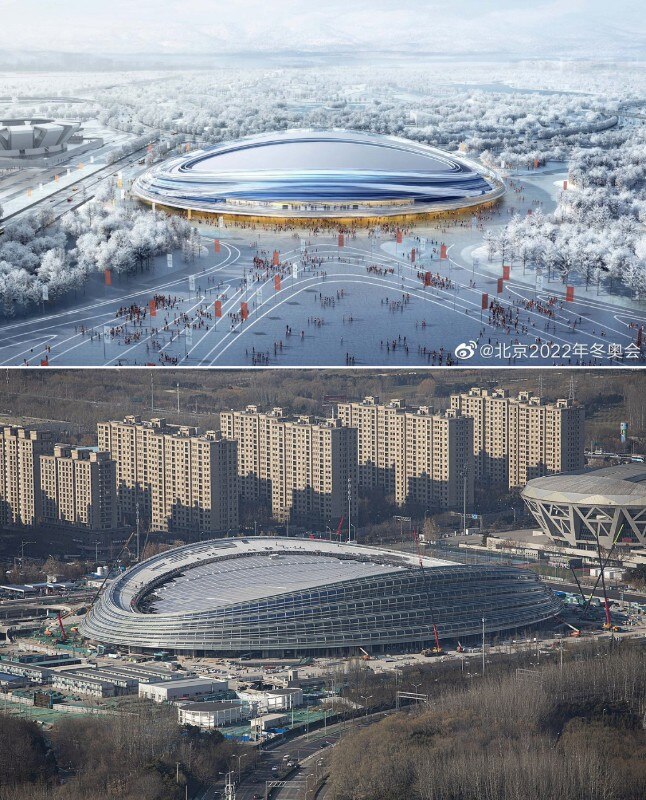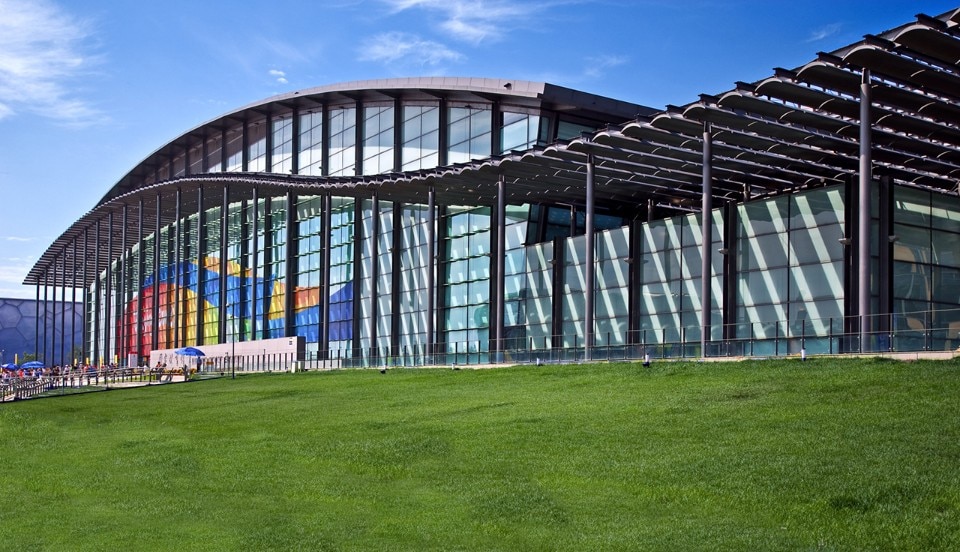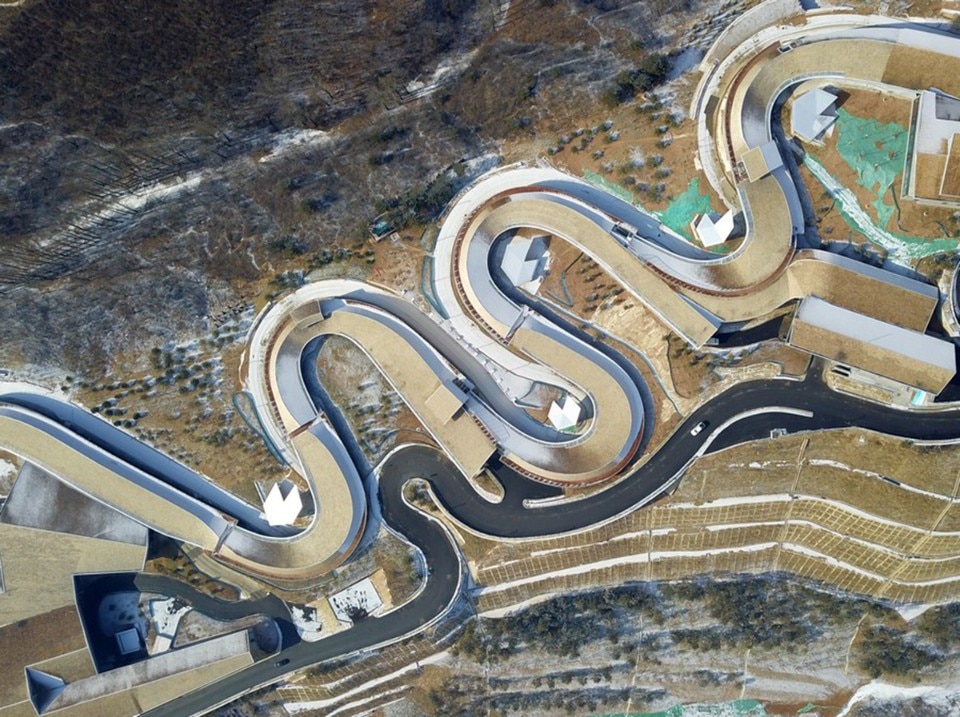The Beijing 2022 Olympic Winter Games officially began on 4 February 2022 – although the competitions started two days before the Opening Ceremony, with the preliminary stages of curling and ice hockey. The Closing Ceremony will be held on 20 February 2022. We are therefore in the middle of the competition and have been able to admire most of the architecture and facilities built for the great sports event.
The master plan for the Winter Games is divided into three areas: two “snowy” zones in Zhangjiakou and Yanqing, and an “icy” zone in Beijing. The Architectural Design & Research Institute of Tsinghua University (THAD), developed the planning and architectural design of all venues in the Zhangjiakou area and the Shougang venue in the Beijing area. For the planning of the Yanqing area, the firm in charge is the China Architectural Design & Research Group.

But this year's Games look to have an unexpected protagonist: climate change. Many people on social media, TV and newspapers have noted the lack of snow in the competition venues. Beijing seems to be an unsuitable territory for the Games.
“One-hundred percent of the snow that athletes at the 2022 Beijing Winter Olympics are competing on is artificial—pumped out by high-powered snow machines, rather than produced by Mother Nature", writes journalist Chad de Guzman in Time magazine.

This theme is not a recent one, and in China it has only reached a new peak (hoping that the 2026 edition of Milan and Cortina d'Ampezzo will change this trend). According to the British newspaper The Guardian, in fact, “only one of 21 previous locations would be able to reliably host Games in future if emissions remain on current path.”
The architecture of the Winter Olympics is the best representative of architecture in the Anthropocene, the geological era in which "the earth's environment, understood as the set of physical, chemical and biological characteristics in which life takes place and evolves, is strongly conditioned on both a local and global scale by the effects of human action."
Perhaps the most emblematic and visually impactful example is the gigantic Olympic ski ramp at Big Air Shougang, built inside a former steelworks complex whose reconversion has been initiated precisely for the Olympics. Perhaps we need to start getting used to these steam punk scenarios and forget about the idyllic snow-capped mountains that usually frame these events.
By contrast, the State (in this case a capital letter is obligatory) and the Olympic Committee emphasise the innovative aspects of the event: the re-use of many of the facilities already used for the 2008 Summer Olympics; the complete supply of renewable energy to all venues; the use of new construction standards for the new facilities; the adoption of water and energy efficient technologies for the installations.
Is this enough to define the event as sustainable?
In this article we present two photo galleries with all the new and “reused” architecture in which the Beijing 2022 Winter Olympics are being held. Set in real landscapes, not fictitious renderings.














